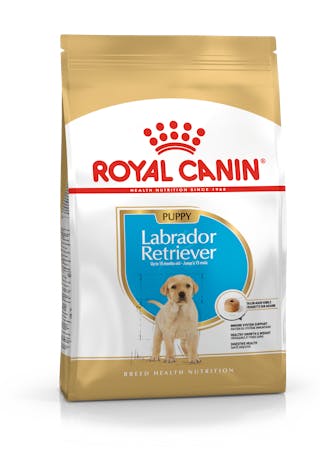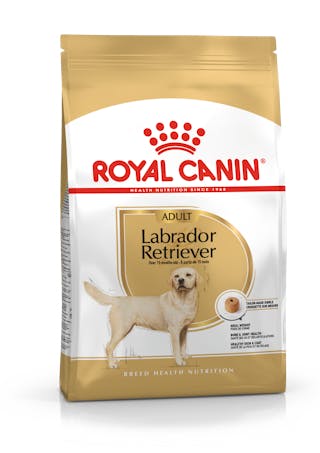
Let's talk American Curl
If there is a highly people-oriented breed, it is the American Curl, known for its unique ears that curl into an arc. Loyal, social, and very friendly, Curls are great for families. They adapt quickly to other pets, children, and new environments and are big on play. One caveat: it’s important to devote a lot of attention to the American Curl as the breed doesn’t enjoy being left alone for long or excluded from household activities.
Official name: American Curl
Other names: Curl
Origins: USA

| Shedding level |
|
Warm weather? |  |
| Energy Level* | Medium | Family pet?* | 
|
| Compatibility with other pets | |
* We advise against leaving pets alone for long stretches. Companionship can prevent emotional distress and destructive behaviour. Speak to your veterinarian for recommendations.
Every pet is different, even within a breed; this snapshot of this breed specifics should be taken as an indication.
For a happy healthy and well-behaved pet, we recommend educating and socializing your pet as well as covering their basic welfare needs (and their social and behavioral needs.
Pets should never be left unsupervised with a child.
Contact your breeder or veterinarian for further advice.
All domestic pets are sociable and prefer company. However, they can be taught to cope with solitude from an early age. Seek the advice of your veterinarian or trainer to help you do this.


| Baby age | Birth to 4 months |
| Puppy age | 4 to 12 months |
| Adult age | 1 to 7 years |
| Mature age | 7 to 12 years |
| Senior age | From 12 years |
1/7
Origins of the breed
For many enthusiasts, the Labrador Retriever remains one of the most popular all-round dogs worldwide. It’s thought that Labrador Retrievers originated from the coast of Newfoundland, Canada, where fishermen used dogs of this appearance to retrieve fish. The breed as we know it today, however, was established by the British in the early 1800’s.
The Labrador Retriever Club was founded in 1916 and the first standard followed soon after, predominantly tailored to working Labrador Retrievers who found early fame, having been originally introduced to the U.K. in the late 1800’s by Col Peter Hawker and the Earl of Malmesbury.

2/7
2 facts about American Curls
1. The Peter Pan of cats
The American Curl does grow up but much like the character of Peter Pan, the breed is known to stay spry and youthful in spirit, maintaining its kitten-like bubbly personality well into adulthood.
2. The curl surprise
Despite being known for its unique ears, American Curl kittens are actually born with straight ears. They start to curl back when the kitten is about 3 weeks old and can curl up to nearly 180°.
History of the breed
One of the youngest cat breeds in existence, the American Curl is a result of a spontaneous mutation seen in a longhaired black female stray with unusual ears who arrived on the Lakewood, California property of Joe and Grace Ruga in June 1981.
Named “Shulamith”, she gave birth to a litter of kittens that also exhibited curled ears, signaling to the owners that there was truly something special about these cats. Shulamith went on to become the progenitor of all bona fide American Curls. Among the more surprising fun facts about Shulamith and her fellow Curls’ famous ears: despite looking flexible and soft, the breed has firm ear cartilage, much like a human’s ear. It’s no surprise that the Curl became the subject of great fascination among cat breeders around the world.
From there, a breeding programme began in 1983 and the CFA (Cat Fancier’s Association) accepted The American Curl for recognition in 1986, with Provisional status achieved by 1991 and Championship status in 1993.

4/7
From head to tail
Physical characteristics of American Curls
1. Ears
Unique ears that curl back in a graceful arc.
2. Eyes
Walnut-shaped eyes that lend a happily-surprised expression.
3. Coat
Easy to groom flat-lying coat.
4. Tail
Flexible, lavishly plumed tail.
5. Look
Modified, wedge-shaped head and rectangular torso.
5/7
Things to look out for
From specific breed traits to a general health overview, here are some interesting facts about your American Curl
Put the Curl in the spotlight
The American Curl is not a needy or overly clingy breed but the cats do expect your ample attention and dislike being left alone for extended periods. Owners should be sure to have enough time to devote to snuggles, play, and encouragement to reinforce their bond with the breed.
Ear infection may be an issue
While American Curls are generally healthy, some may struggle with narrow ear canals which can lead to ear infections from wax buildup. One way to prevent this is to check their ears weekly. If needed, you can use an ear-cleaning lotion prescribed by your veterinarian to very gently clean their ears. It’s a good idea to consult your veterinarian if you have any questions about handling the ears of your American Curl.
6/7
Caring for your American Curl
Grooming, training and exercise tips
The American Curl’s silky, flat-lying coat has a minimal undercoat which makes it easy and stress-free to groom. A weekly combing is sufficient to keep the tangles at bay and the coat looking its finest. Shorthair American Curls tend to shed throughout the year and more so than longhairs. The breed is a quick study and can be trained to fetch and play other games but their exercise needs are moderate. The American Curl is less energetic and active than other breeds, such as the Abyssinian or the Siamese cat, but just as interested in play, especially with you.
All about American Curls
While American Curls are generally healthy,
it is possible for some cats to struggle with narrow ear canals which can lead
to ear infections from wax buildup. And while you might be tempted to think
that the form of the breed’s ears would impact their hearing, they take in the
world loud and clear.
In the case of the American Curl, the backward curl of the breed’s ears is a result of a spontaneous mutation. The amount of curl varies from kitten to kitten but can range from nearly straight up to 180 degrees as of 3 weeks of age.
Tailored nutrition for your Labrador Retriever
Read more on this topic

How to recognise stress in cats

How your cat's diet affects its urinary health

My cat is losing its hair
Sources
1 - Veterinary Centers of America https://vcahospitals.com/
2 - Royal Canin Dog Encyclopaedia. Ed 2010 and 2020
3 - Banfield Pet Hospital https://www.banfield.com/
4 - Royal Canin BHN Product Book
5 - American Kennel Club https://www.akc.org/


